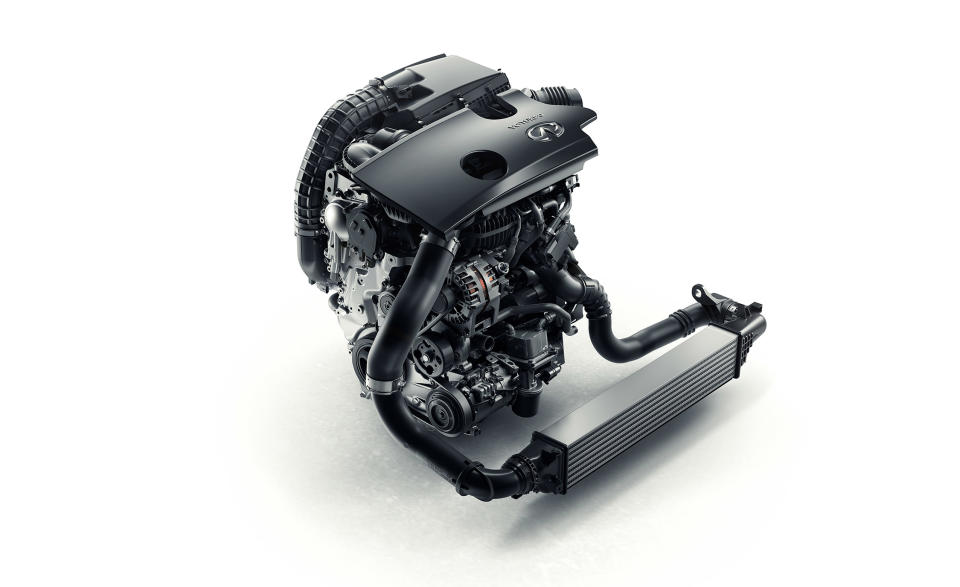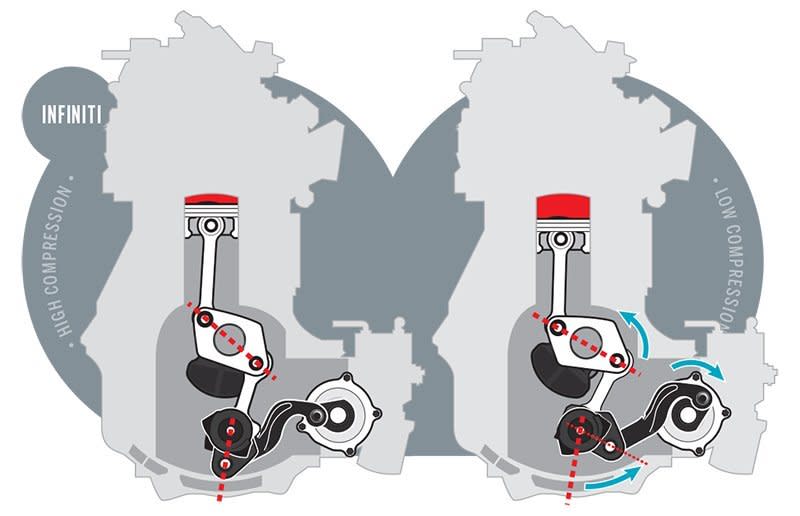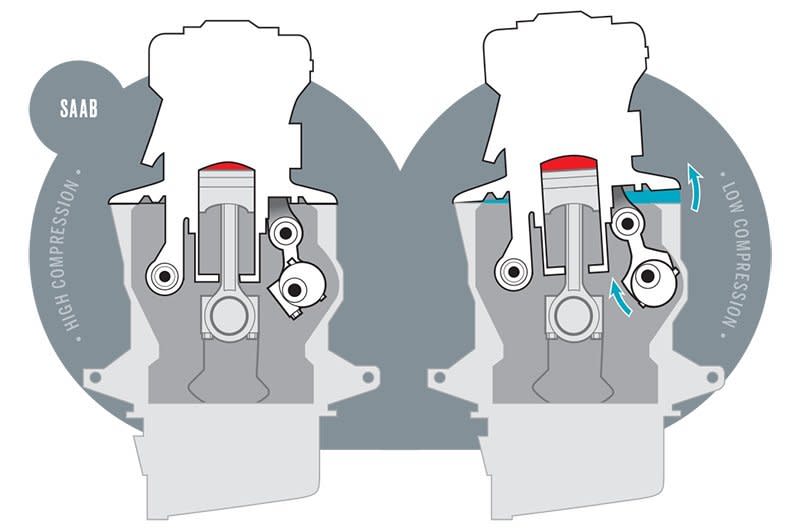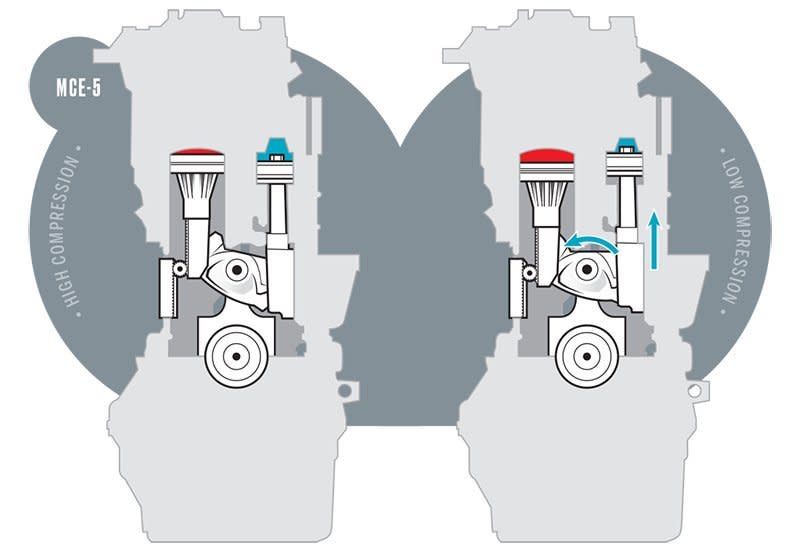Variable-Compression Engines Are Now a Thing, But They're Far From a New Idea

From the April 2018 issue
Putting into production an engine with a variable-compression ratio has been an elusive goal since the first patent for one was filed in 1928. Now, after nearly 100 years of failed experiments and near misses by various manufacturers, Infiniti’s VC-Turbo engine is here, representing a significant milestone in the development of the internal-combustion engine. Below are two relatively recent dead ends in the quest for the variable-compression grail.

2000 Saab Variable Compression
Back at the turn of the 21st century, Saab revealed a supercharged 1.6-liter inline-five engine with a hinged two-piece block. The engine lowered its compression ratio from 14.0:1 to 8.0:1 by pivoting the top of the block, including the cylinders and the head, around a beefy hinge on the intake side. A set of mini connecting rods riding on an eccentric shaft on the exhaust side did the lifting. Since the crankshaft position is fixed, tilting the block’s top changed the combustion-chamber volume and thus the compression ratio. Saab claimed 225 horsepower and a fuel-economy bump of 30 percent over an engine with similar output. Development costs and Saab’s redheaded-stepchild status within GM meant the capital and interest weren’t there to bring the technology to production.

2009 MCE-5 vcri
The French showed off their solution to the variable-compression challenge at the Geneva auto show in 2009. MCE-5 Development’s engine can vary compression from 6.0:1 to 15.0:1 through a clever system of gears between the top of the connecting rod and the bottom of the piston. The turbocharged 220-hp 1.5-liter four uses a conventional crankshaft coupled to a connecting rod, but instead of connecting a piston directly to the wrist pin, engineers fitted a roughly oval-shaped, toothed piece that they call the gearwheel. On one side, the gearwheel teeth mesh with a so-called control rack that can be moved up and down via a hydraulic actuator. When the control rack moves, it raises or lowers the opposite end of the gearwheel, which meshes with a rack at the base of the piston. The tilting motion of the gearwheel alters the piston’s position relative to the cylinder head, changing the compression ratio. This approach allows each cylinder to vary its compression ratio independently. The French company wanted to have it in cars by 2017, but the engine has yet to make it out of the lab.


 Yahoo Autos
Yahoo Autos 